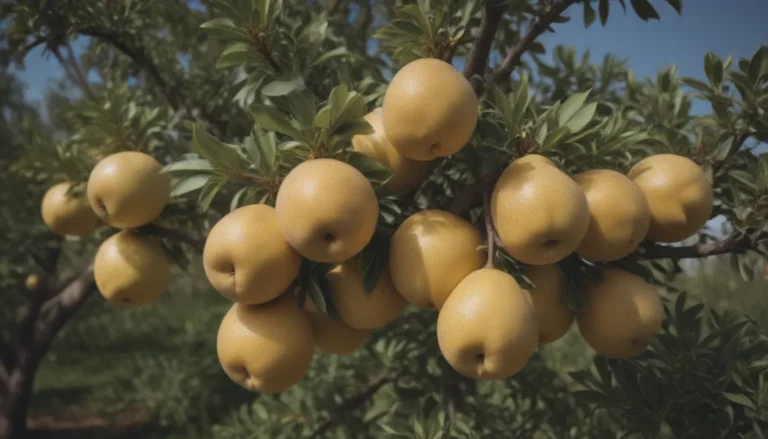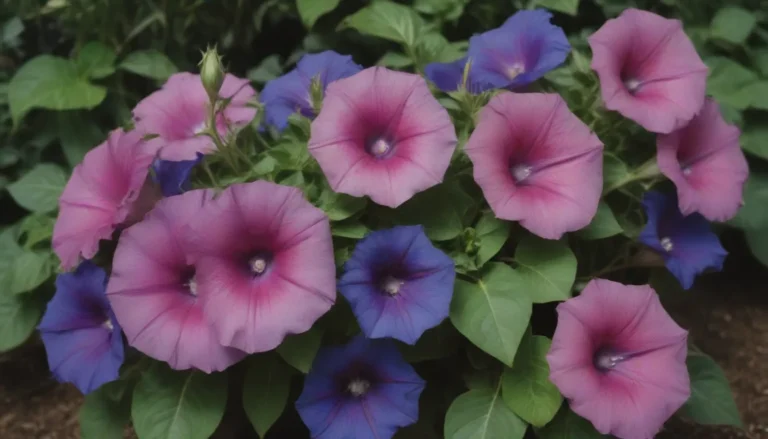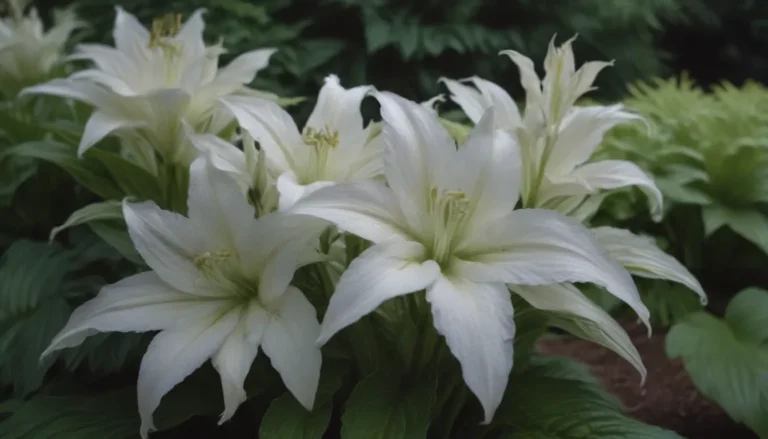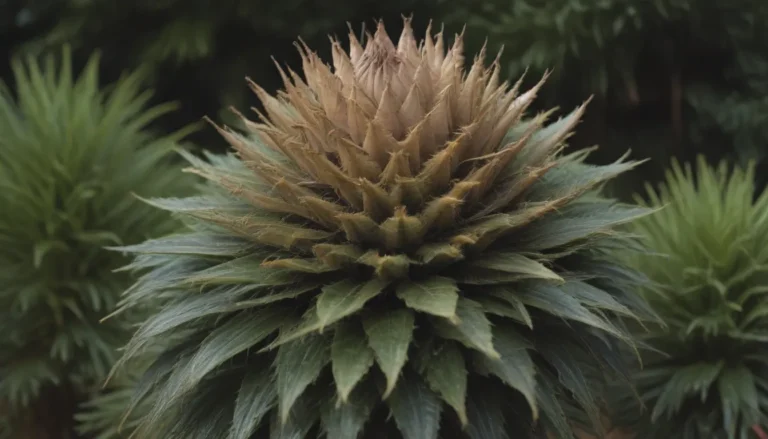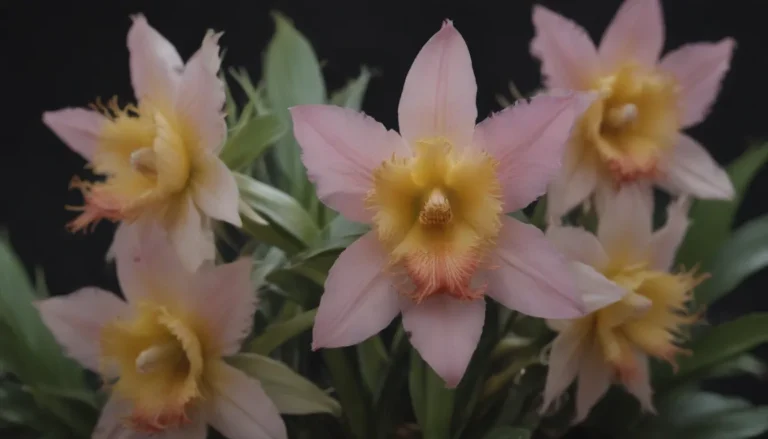The Complete Guide to Growing and Caring for Blackberries

Blackberries are a delicious and nutritious fruit that can easily be grown in your garden. Whether you’re a seasoned gardener or just starting out, blackberries are a fantastic addition to any backyard. In this comprehensive guide, we’ll cover everything you need to know to successfully grow and care for blackberries.
Benefits of Growing Blackberries
Before we dive into the nitty-gritty details of planting and caring for blackberries, let’s talk about why you should consider growing them in the first place. Here are some key benefits of growing blackberries:
- Fresh, plump berries throughout the summer
- Easy to grow and propagate
- High in antioxidants and vitamins
- Can be eaten fresh, used in baking, or made into jams and jellies
- Native to the United States
How to Plant Blackberries
When to Plant
Blackberries can be planted at any time of the year in areas where they are hardy. However, it’s best to plant them when they are dormant, ideally in winter. This gives the plants time to settle into the ground before the growing season begins in spring.
Selecting a Planting Site
Choose a site that receives full sun, meaning at least six hours of direct sunlight each day. Ensure the soil is rich, well-draining, and slightly acidic. If you have wild blackberries growing nearby, avoid planting your cultivated blackberries close to them to prevent the spread of plant diseases.
Spacing, Depth, and Support
- Space blackberry plants five to six feet apart, with rows five to eight feet apart.
- Plant blackberries about one inch deeper than they were in the nursery pot.
- Trailing varieties may need a trellis or other support to secure the canes.
Blackberry Plant Care
Light
Blackberry bushes thrive in full sun, but they can also tolerate some afternoon shade in hot summer climates.
Soil
- Blackberries prefer slightly acidic soil with good drainage.
- Avoid planting them in clay soil.
- Remove weeds that may compete with blackberries for nutrients and water.
- Keep a layer of mulch over the root zone to feed the plants, conserve moisture, and suppress weeds.
Water
- Blackberries need moderate water, around one inch per week.
- Ensure the soil is well-draining, as blackberries do not like wet feet.
Temperature and Humidity
- Blackberries thrive in zones 5 to 9, depending on the cultivar.
- Avoid planting in areas with temperatures below zero degrees routinely.
- Cold temperatures combined with wet soil can lead to plant death.
Fertilizer
- Fertilize blackberries in the spring with a balanced 10-10-10 formula.
- Use manure and compost in the fall to improve soil quality and suppress weeds.
Pollination
Blackberries are self-pollinating, so you don’t need multiple plants for fruit production. Bees and other insects will assist in pollination. If growing blackberries indoors, you may need to manually pollinate the flowers.
Types of Blackberries
Blackberries come in different varieties based on their growth habit. Some popular cultivars include ‘Shawnee,’ ‘Natchez,’ ‘Chester,’ ‘Triple Crown,’ and ‘Prime-Ark Traveler.’
Blackberries vs. Raspberries
Blackberries and raspberries belong to the same genus but have some key differences. Blackberries have tiny globes of fruit attached to a white core, while raspberries have drupelets with a hollow core.
Harvesting Blackberries
Once blackberries ripen, harvest them every few days. Ripe berries will be black and plump. Store harvested berries in a cool place, such as the fridge, to maintain freshness.
How to Grow Blackberries in Pots
If you have limited space, consider growing blackberries vertically in pots. Choose a large pot with well-draining soil and provide a trellis for the plant to vine upwards.
Pruning
Prune blackberry canes after they have produced fruit and tip-prune new canes to encourage branching and maximize fruit yield.
Propagating Blackberries
Blackberries can be easily propagated from stem cuttings. Plant cuttings in the soil and keep them moist until roots form.
How to Grow Blackberries from Seed
While most gardeners purchase blackberry plants, it is possible to start blackberries from seed.
Overwintering
Protect blackberry plants in USDA hardiness zones 5-9 by providing mulch or straw around the base in winter. Potted plants should be moved indoors or placed against a warm exterior wall.
Common Pests and Diseases
Blackberries are susceptible to diseases like anthracnose, stem blight, and crown gall. Prevent these diseases by purchasing disease-free plant stock and keeping plants healthy. Insect pests include stink bugs and raspberry crown borers.
In conclusion, growing and caring for blackberries can be a rewarding experience. With the right conditions and proper care, you can enjoy a bountiful harvest of delicious blackberries in your own backyard. So why not give it a try and start growing your own blackberries today!
